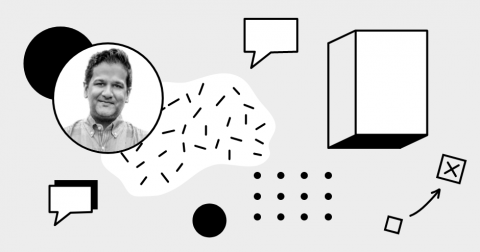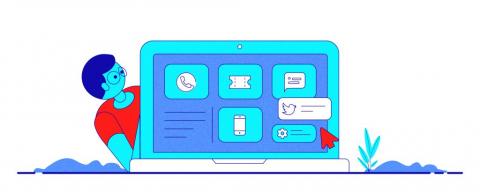Teams | Collaboration | Customer Service | Project Management
Collaboration
The latest News and Information on Collaboration, tools and related technologies.
What B2B Customers Really Value When Calling Businesses
When calling a business, people want their issue to be resolved quickly. A recent survey from Clutch found that nearly 8 of 10 people consider an “efficient resolution to their issue” to be one of the three most important traits they value when calling a business. Despite the rise of chatbots and text support, telephone customer support is still critical. People value speed and availability, but some calls still require a human touch.
Suneet Bhatt on the best onboarding practices for a distributed startup
Onboarding new people at a company can be a challenge. As a leader, you need to create a process that gives a new hire the ability to understand your team’s unique workflow and goals, and also ensure that they are fully equipped to start working and secure their first wins. These few months are so critical for a new employee, and they can be especially hard if you are working in a remote team.
3 Ways to Balance Strategy and Flexibility for Better Omnichannel Customer Engagement
Every company has its own unique audience — and should have a unique approach to customer engagement to match. After all, when it comes to creating great customer experiences and achieving high levels of satisfaction, there’s no one-size-fits-all approach that’s guaranteed to work for every brand.
The Big 1.0.
Gather round people: we’ve got a brand new design, we’ve got dramatically improved encryption UX, we’ve got new login, new settings, new room list and we’ve got dozens and dozens of stability and performance enhancements! That’s right: it fillets, it chops, it dices, slices! We’re out of beta: it’s Riot 1.0.
Everything You Need to Know about First Response Rate (Guide)
Measuring and analyzing your customer support team’s performance can be challenging. The quality of an interaction between two people is subjective, and given that customer interactions are ultimately what make up the majority of a support team’s work, standard metrics like costs and returns aren’t often the best way to gauge and improve quality.
How Humans and AI Work Together to Create Better Customer Support Experience
Artificial intelligence, or AI, has been a hot topic within the customer support community recently and there are many good reasons for that. By using AI intelligently (no pun intended) support teams can be more efficient and effective, and create a better experience for customers, all without sacrificing quality.
5 trends to uncover in your customer service data
A whole lot of data comes out of support interactions, enough so that astute support leaders can pull insights, discover trends, and improve how their business serves customers. While the data may only suggest what’s going on with your customers and agents, it’s important to be able to spot trends quickly.
Artificial Intelligence in Customer Service - Possibilities Beyond the Hype
Imagine the benefit your business could achieve if every customer interaction was intelligent? Artificially intelligent? Yes. The era of Artificial Intelligence (AI) has dawned upon us. From personal assistants on our smartphones to bring the keyword at boardroom meetings, AI is now ubiquitous.. But, what makes AI a beeline for personalized customer support?
Solving your customer problems without causing more problems
Providing great customer service has always been a challenge, even for the most decorated support agent. Thanks to three factors, this challenge is only growing. First, customer support workflows are growing increasingly complex. Where once it was just a person and a phone, now agents often work with complex, clunky interfaces.











